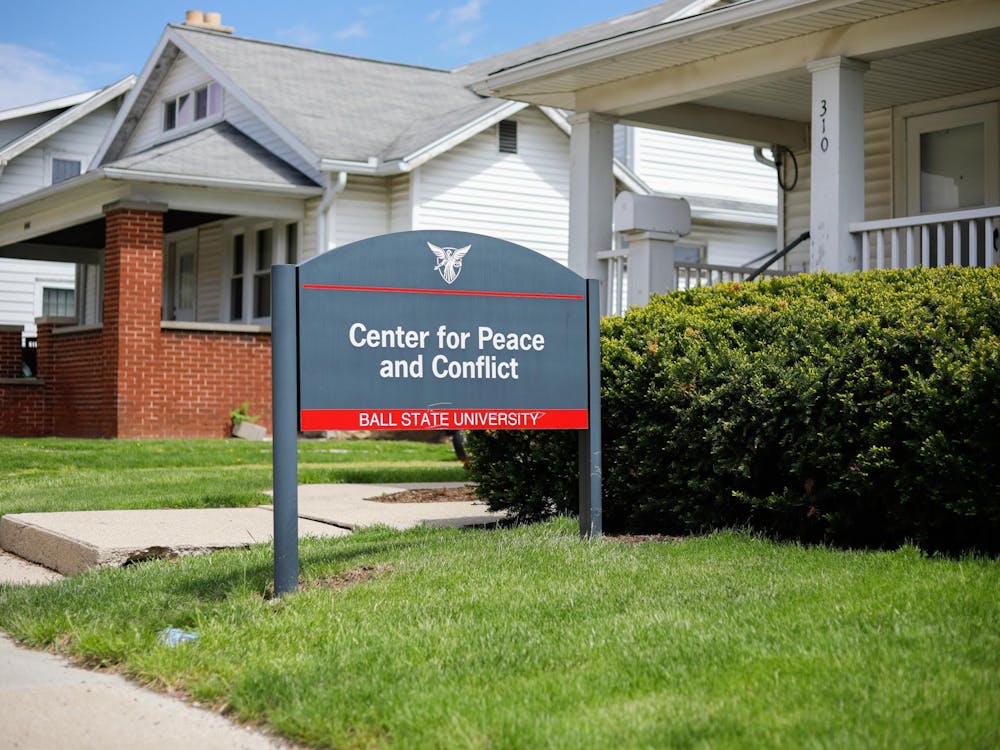It's been a busy start to the fall semester for Ball State as students have flocked campus and are ready to start classes.
It's not only the students that have been keeping active, though. Recently multiple colleges and professors have conducted, published and shared some influential studies.
Here’s what you need to know:
Nurses are too stressed
Nurses are stressed out, eating too much junk food and not getting enough sleep, according to a recent study. Because of this, nurses overall struggled with job performance.
Why It’s Important: The lack of self-care can lead to a fast-track burn-out of nurses.
By The Numbers: Out of the 120 nurses studied…
- 92 percent had moderate to very high stress levels.
- 78 percent slept less than eight hours per night.
- 69 percent did not exercise regularly.
- 63 percent consumed fewer than five servings of fruits and vegetables daily.
- 22 percent were classified as binge drinkers
- When confronted with workplace stress, 70 percent of nurses consumed more junk food and 63 percent used food as a coping mechanism.
Conclusions/Recommendations: Employers should invest more in their employees. In the long-run, they would save money by having healthy nurses.
“What I find severely lacking is the understanding of burnout in nurses, its prevalence and its long-term impact on the nursing workforce of any facility. Management needs to invest in assessing and addressing these issues. In the long term, employers can save costs if their nurses remain fit and perform to the best of their abilities,” professor of Health Science Jagdish Khubchandani said in an interview for Healthcare News.
School corporation size and student performance
According to Ball State’s Center for Business and Economic Research, school cooperation size impacts every aspect of a corporation’s performance aside from English ECA scores.
Why It’s Important: More than half of all Indiana school corporations are smaller than the operating minimum. Secondary education success affects post-secondary education performance.
By the Numbers:
- 81 percent of schools with less than 2,000 students experienced a decline in enrollment.
- 54 percent have seen declines of more than 100 students.
- One in six school corporations serve less than 1,000 students.
- 94 percent of school corporations under 2,000 students border another small corporation.
Conclusions/Recommendations:
- A focus on cost-related and performance related findings to motivate a merger of school corporations.
- Progress based financial incentive in relation to mergers and/or shared services.
- The funding of feasibility studies for school corporations considering mergers and continued funding for the implementation of said merger.
- A ‘how-to’ guide on merging.
- A review of policy, financial and technological barriers.
Research was conducted by: Srikant Devaraj, research assistant professor, Dagney Faulk, director of research and research professor and Michael Hicks, director of the Center for Business and Economic Research at Ball State.
RELATED: 5 Ball State research studies you should know about
Parents' expectations of high school firearm violence prevention
One-third of parents surveyed believed their local high school would fall victim to firearm violence in the next three years.
Why It’s Important: Fire arm violence remains a large issues in the United States and the research on school firearm prevention and policies is rare.
By The Numbers: Responding parents cited four major reasons for firearm violence in schools:
- 73 percent cited inadequate parental monitoring/rearing practices.
- 58 percent cited peer harassment/bullying.
- 54 percent cited inadequate mental health services for youths.
- 51 percent cited easy access to guns.
Conclusions/Recommendations: The most effective policies for schools to lower the risk of firearm violence were concluded by parents to be installing a school alarm system and fostering a relationship with local law enforcement.
Research was conducted by: Jagdish Khunchandani, Ball State University professor of Health Science, Amy Thompson, University of Toledo professor, College of Health and Human Services, James H. Price, University of Toledo professor, College of Health and Human Services and Erica Payton, University of North Carolina professor, School of Health and Human Sciences.





